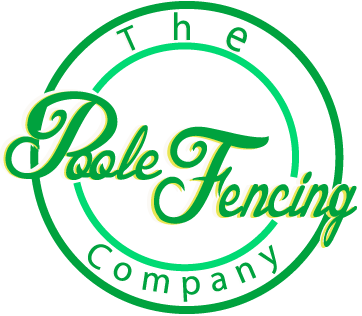Advice and Step by Step Guides for DIY Projects in your Garden
Closeboard Fencing
A fence such as this can follow gentle land contours rather than being stepped. Close board fencing is made up of posts and rails, with feather edge boards fixed vertically to the rails. The posts should ideally be 4 x 4 inch treated timber, set into the ground to a depth of 2 ft (600mm) deep and concreted. A layer of ballast/gravel/hardcore at the base of the hole will help support the post and provide drainage.
Check the position of underground cables and pipes with a detector before you begin, to make sure you can dig holes in the places you need to along your fence line. Firstly you should dig your first and last holes so as you can set your posts in these positions and draw a string line between these points. Once you have concreted these posts in place using a spirit level to plumb them both ways, attach your string line at low level around 6 inches from the ground at either end.
With a closeboard fence you can have 1.8, 2.4 or 3 metre spaces between your posts (centre of post to centre of the following post). Using your bevelled rails as a guide dig the second hole and set the post in. Follow on with the next holes untill you have all the posts set in concrete at the relevant centres.
Cut 6 inch blocks of 4 x 2 treated timber, one for each post. These will be used to pack your gravel board off of the posts to the correct distance. Affix these blocks to the base of the posts at ground level using 4 inch galvanised nails, drill pilot holes first. . In the case of a run of fencing without any major bumps in ground level affix your first and last block and string a line across the tops of the blocks giving you a guide as to where to fix the blocks inbetween, this will then give you a straight appearance to the fence across the top.
The tops of these blocks will then indicate the top of the gravel boards. Affix the gravel boards to the blocks by way of galvanised nails, drill pilot holes first.
Take one piece of feather edge. Mark 3 points on the board, one 3 inches up from the bottom, one 4 inches from the top and one in the centre of these marks. Hold the feather edge board on top of the now fixed gravel board and transfer the marks to the face of each post. These marks indicate the bottoms of where the bevelled rails should be fixed. Fix the rails in these positions, drilling pilot holes first using 4 inch galvanised nails making sure you come half on each post.
The first feather edge board can then be fixed on the outside of your fence. Use a spirit level to make sure this is absolutely upright and nail around 25mm from the thicker edge of the board. Cut a block of wood at 100mm. Use this block to space the following feather edge board overlapping the previous and affix. Check every 5 - 10 boards that you are still plumb using your spirit level. Nails should be 50mm lost head nails or 50mm ovals.
The last thing to do now is attach your capping which will protect the end grain of the boards. Attach the capping carefully by using the same nails that you have attached your feather edge board with, nailing down into the thicker part of the feather edge board. 5 nails per piece of capping should suffice.
Panel Fencing using concrete posts and gravel boards
Define the fence line with a string line. This should be set up at around 6 inches from the ground, in a position indicating the back or front of the posts. Check the position of underground cables and pipes with a detector before you begin, to make sure you can dig holes in the places you need to along your fence line.
Dig your first hole to a depth of two feet (60cm) and width of around 10 inches (20cm). Position your post in the hole and make sure you are happy that it is correct and level. It would be helpful to mark your posts showing the base of where the gravel board will end up to ensure you do not sink your post in too far or not enough.
Pour in concrete or postfix following manufacturers instructions. Use a piece of wood to compact the concrete around the post. Allow to set.
Position gravel board and level. This will show you exactly where the next hole should be. Remove the gravel board and dig the next hole.
Reposition the gravel board. Position the panel upon the gravel board within the slot of the concrete post.
Position the next concrete post in the hole up against the panel. Set with concrete.
Continue process moving along fence line, always ensuring that your string line remains true.
If your garden slopes up or down away from your house then you will need to step up or down on each panel remembering to make sure that you leave enough post out of the growing each time to accommodate the next panel (should it be higher)

